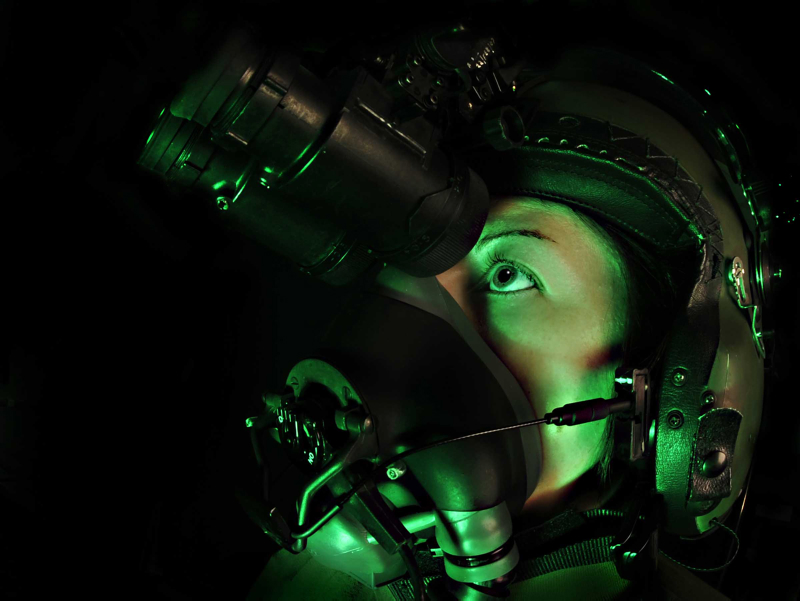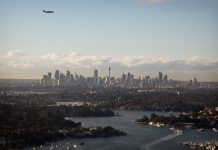
The Australian Transport Safety Bureau (ATSB) has issued a warning to pilots on the limitations of night vision imaging systems and goggles following the release of a report into an incident involving a Eurocopter in 2016.
On the night of 21 October, the helicopter took-off under night visual flight rules (NVFR) from Crookwell Medical helicopter landing site with the pilot and aircrew member both wearing night vision goggles (NVGs). Shortly after take-off, the helicopter entered unexpected low cloud and the pilot initiated the procedure for an inadvertent entry into instrument meteorological conditions (IMC). As the helicopter’s climb reduced, the pilot lowered the helicopter’s nose to regain airspeed but inadvertently over corrected the pitch angle, triggering a terrain caution alert.
The ATSB found the pilot was likely distracted, during a period of high workload, by the reflection of the helicopter’s anti-collision light against cloud, which was compounded by the use of NVGs. ‘NVGs can increase a pilot’s ability to see the horizon, terrain and objects’, the report states, ‘but it is important to remember there are also risks and limitations associated with their use. Ambient light, reflections and even the position of the moon, can reduce their effectiveness. NVG use needs to be supported by clear and robust processes from the operator.’
During the investigation, the ATSB found there were also some ambiguities in the operator’s manuals about when to conduct NVFR operations with night vision imaging systems (NVIS) versus the use of instrument flight rules.
Information on the proper implementation and use of NVIS with NVGS and their benefits and limitations is available in an ATSB report Night Vision Goggles in Civil Helicopter Operations.
Flight Safety Australia looked at a trial on night aerial firefighting using night-vision technology in February this year




